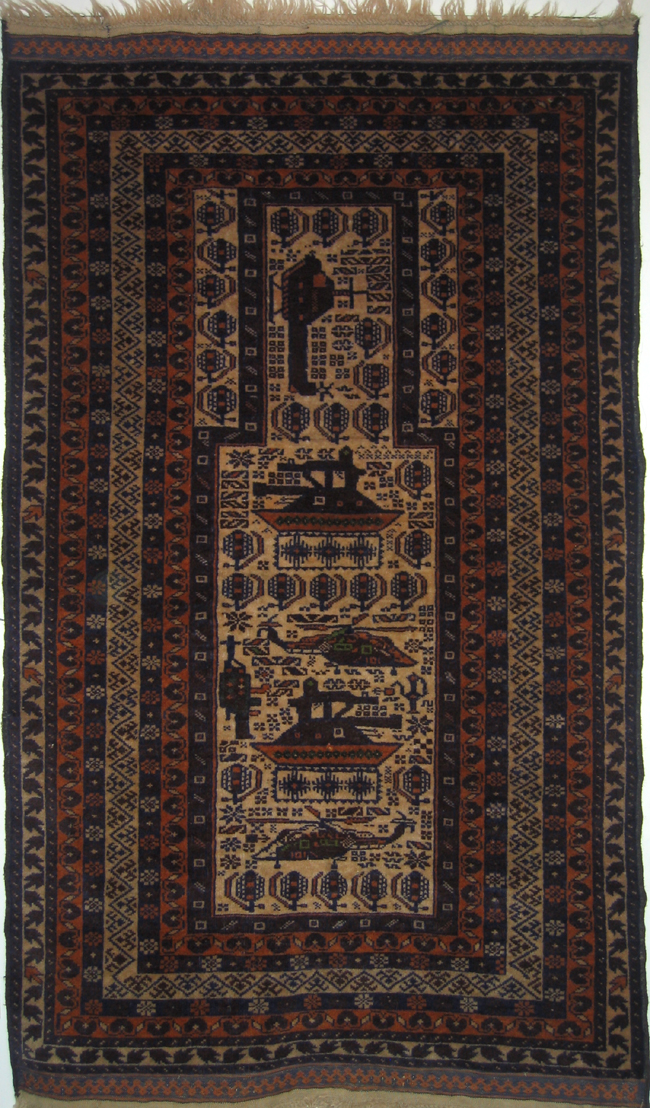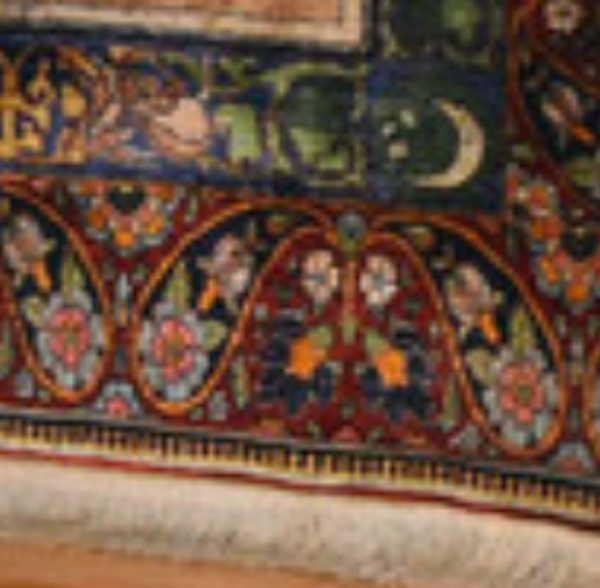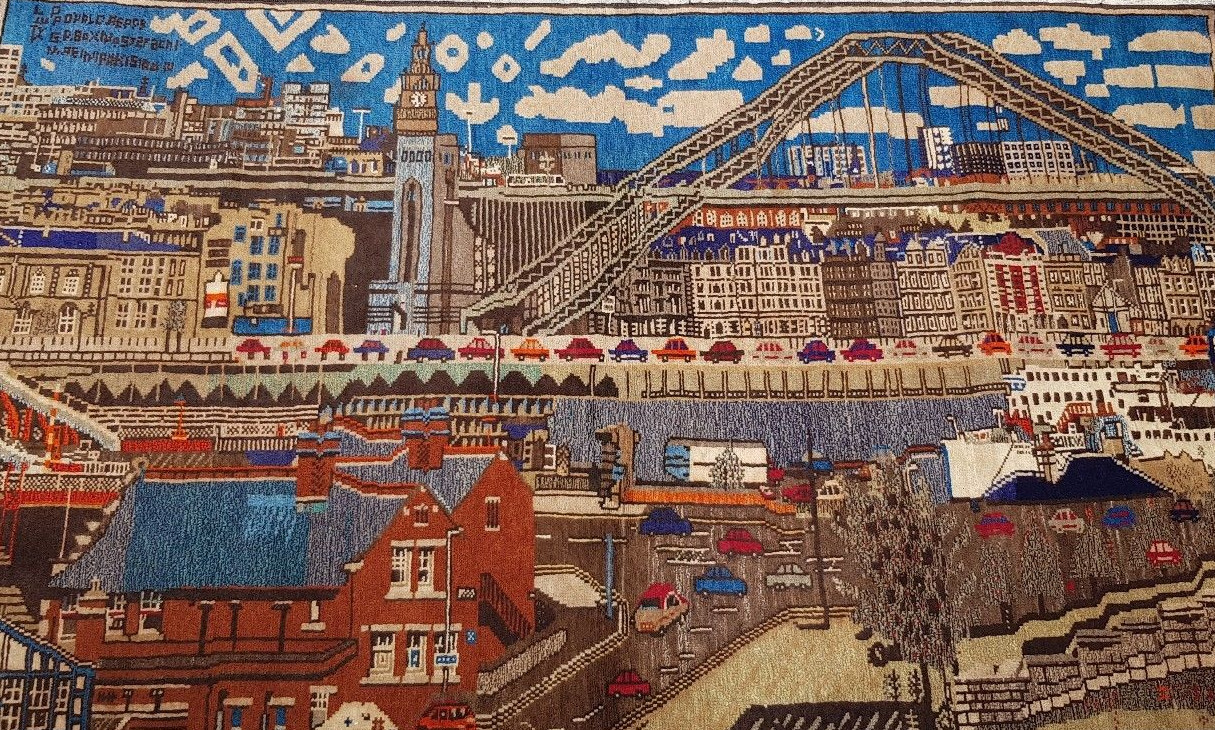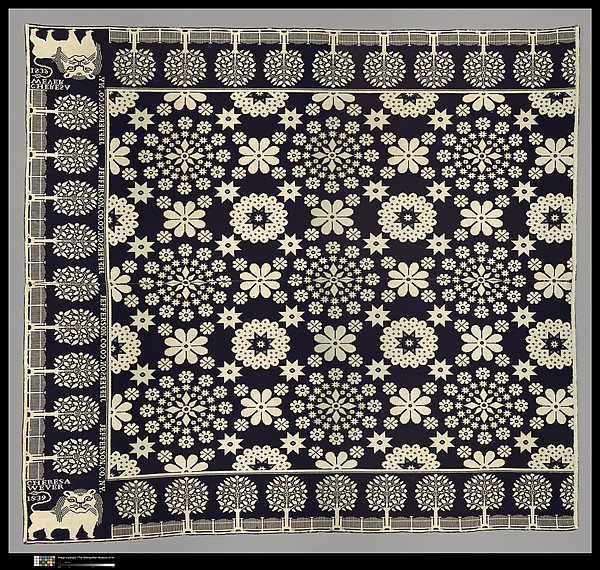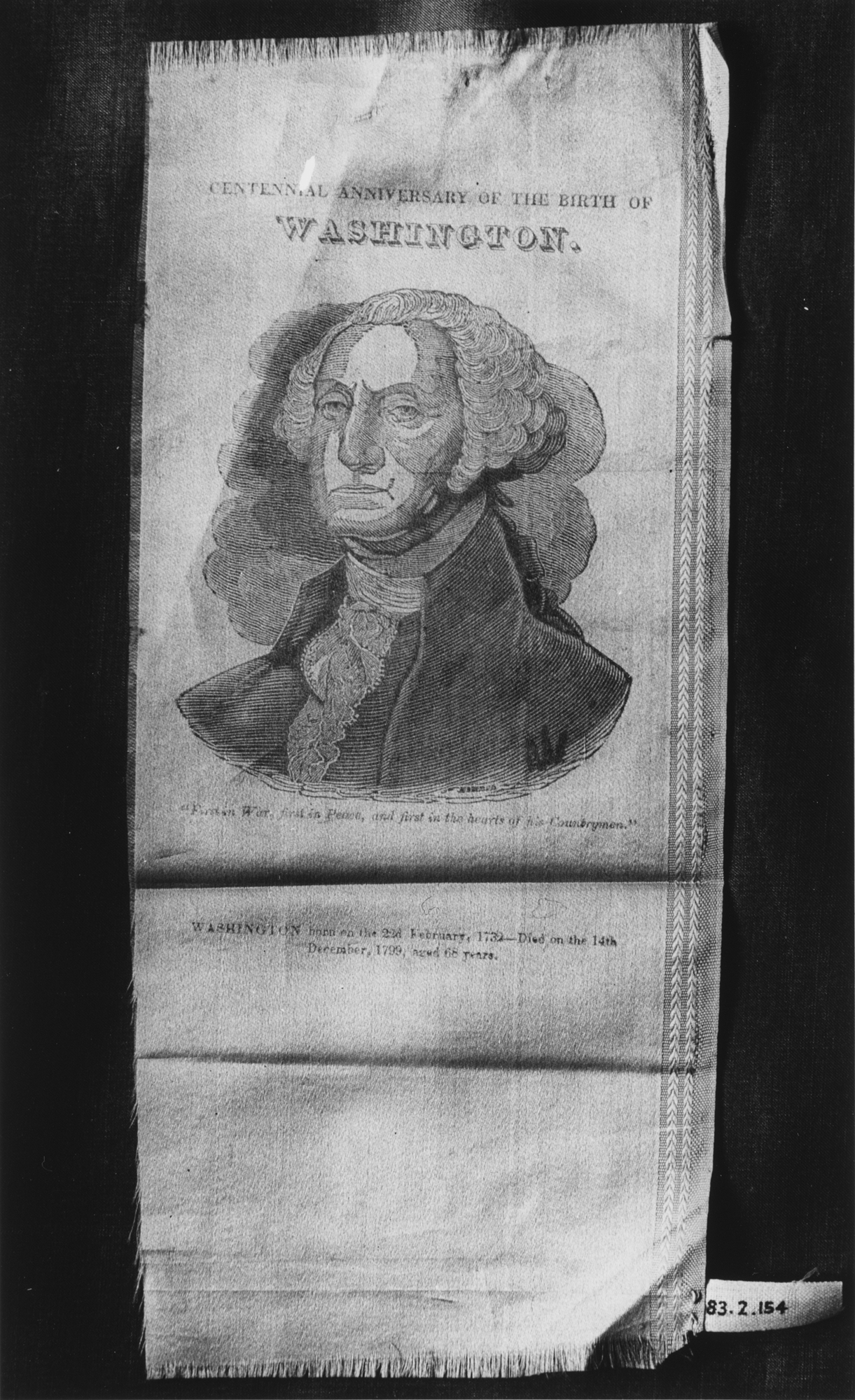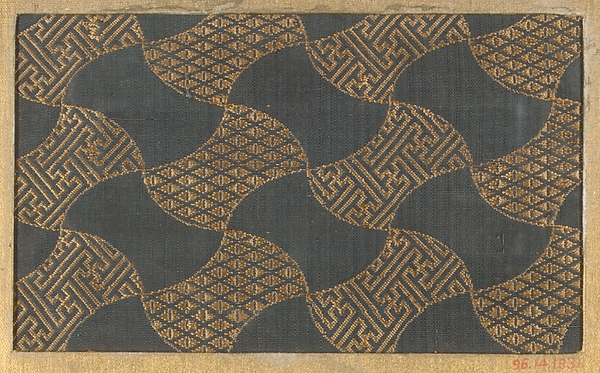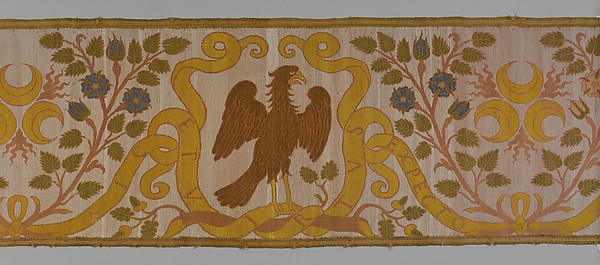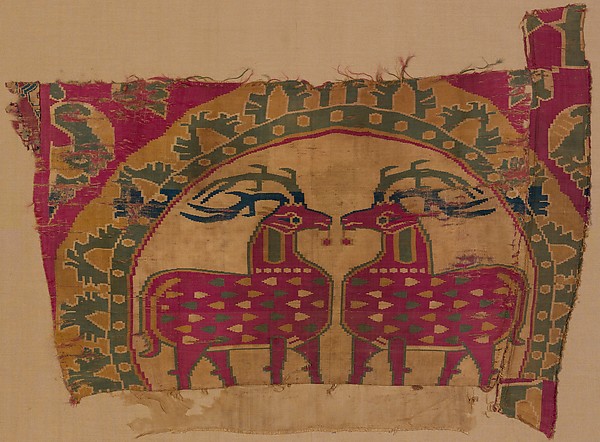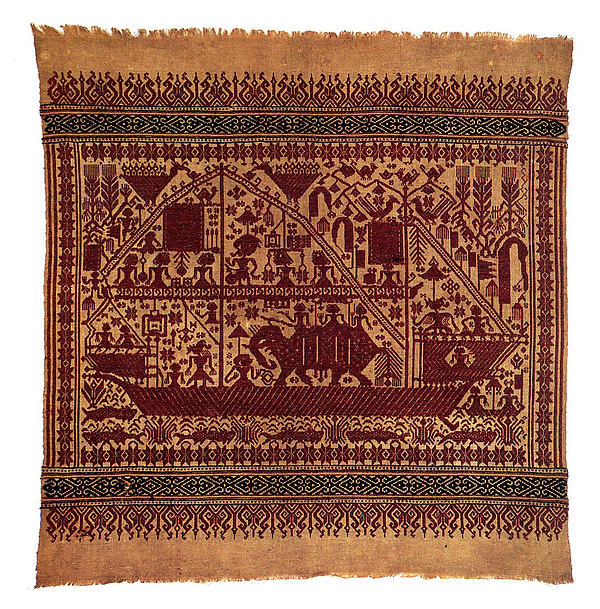Vanessa Thill wrote an an interesting piece about war rugs for Artsy. which reaffirms Alighiero Boetti’s influence on world map rugs.

Alighiero Boetti, Mappa, 1983-1984
Tornabuoni Art
Despite decades of war, ancient pattern techniques that can take months or years to complete are still passed from mother to daughter. Testimony from the makers of these carpets is difficult to obtain, as many of these works remain unattributed, and the female weavers lack easy access to modes of international communication. But the largest online archive of Afghan war rugs, maintained by New York–based artist Kevin Sudeith, offers information and an online store. Still, the weavers’ authorship is often lost when these works go to market, yet their masterful compositions reveal a dark humor and complex commentary on contemporary life.
In the carpets’ compositions, perspectival viewpoints merge and flatten to integrate three-dimensional forms with maps and repeating decorative patterns. Some of the rug designs are based on Charbagh, a quadrilateral layout inspired by the four gardens of Paradise described in the Qur’an. Another genre of rugs depicts national maps of Afghanistan, which may have been influenced by Alighiero Boetti’s map series.The Italian Conceptual artist traveled to Afghanistan and Pakistan in the 1980s and worked with female weavers, first in Kabul and later in Peshawar, to create brightly colored tapestries depicting world maps with national flags labeled with bold text. In keeping with his interest in chance, Boetti sometimes left the color choices up to the women.
….
Because many artists shy away from this touchy subject matter, Dixon found unlikely peers in the anonymous rug weavers. The horrors of violence and the destruction of everyday life manifests in these carpets with an absurd levity. Dixon first created her own version in 2010—not woven but cut from colorful yoga mats. She described the work as an homage to the carpet weavers—and a jab at the United States’s commercialized relationship to war.

Leah Dixon, Don’t See a Need for Middlemen I, 2017–19.



